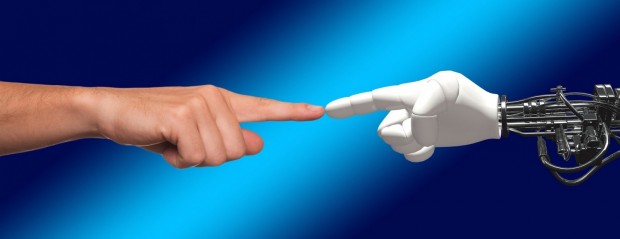Photo : pixabay
If you need any further convincing that artificial intelligence (or AI to you and me) represents big business in the digital age, you simply need to see the level of investment in this technology and its associated start-ups.
However, this burgeoning market remains in its infancy, while AI is still a relatively under-used technology in the typical workplace. In this post, we'll discuss some of the key challenges facing AI brands and ask why it's still so difficult to build a functional robot.
What are the Challenges Facing AI Brands in 2020?
Unsurprisingly, one of the main challenges facing AI brands is creating robots that can function without being connected to an external power attachment. This issue is commonplace in the contemporary technology market, with smartphones and similar mobile devices facing significant challenges in terms of battery performance and longevity.
Of course, the development of Lithium Ion battery technology has helped to improve the lifespan of such devices on a single charge, while further research in this field has also helped to fuel the expansion in robot runtime and functionality.
While the available technology has advanced at a rapid pace during the last few years, however, much work is to be done to create fully functional robots that can operate for the requisite period of time.
More specifically, innovators must identify ways of maintaining power and longevity without introducing heavier battery units, as this would also increase the level of power consumption required, add further weight and subsequently and limit functionality in some instances.
Today's robots also struggle with perception, despite the advancements in machine learning and the increasingly intuitive nature of individual components such as microcontrollers. Sold widely through supplier such as RS Components, this component effectively serves as a mini-computer that sits on an integrated circuit chop and enables robots to carry out a number of core functions.
While such components are now capable of enabling devices to name pictures with sentences, however, they still lack the ability to recognise function and association.
Even though modern sensors have evolved to improve functionality and recognition amongst robots, they still lack the intuition to understand context and operate outside of simple processes and automated tasks.
The Last Word
This arguably provides the biggest to AI in the modern age, as while today's robots are increasingly effective that controlling pre-characterised processes and routines, they lack the capability to perform more intuitive tasks with the same efficiency as a human.
There's no doubt that machine learning is evolving at a rapid pace, however, while the increased level of investment in AI will expedite the speed with which the technology grows over the course of the next decade or so.
The increased spend in the market will also make it easier to build more effective and durable robots in the future, while potentially driving down the cost of construction and procuring individual components.
* This is a contributed article and this content does not necessarily represent the views of universityherald.com









